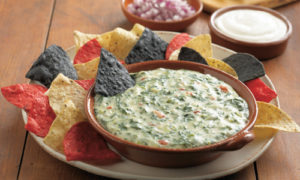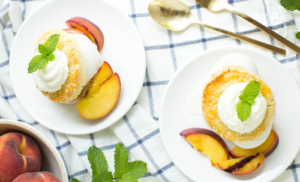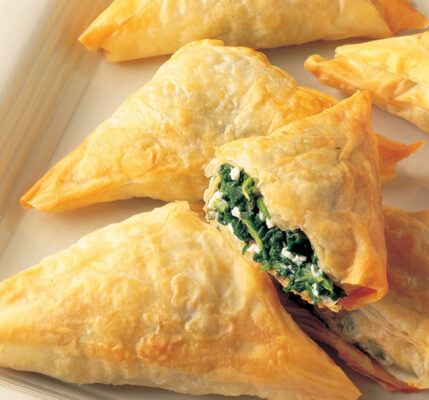A Guide to Essential Food Safety Tips
In the hustle and bustle of our daily lives, the importance of food safety often takes a back seat. Understanding and applying proper food safety practices is essential. Let’s delve into some fundamental food safety tips that go to the kitchen to the grocery store and back. Discover why packing cold foods together, following the “first in, first out” rule, maintaining optimal temperatures, avoiding overfilling freezers, and adopting proper thawing methods are excellent practices for a healthy lifestyle.
1. Safe Packing: Packing Cold Foods Together
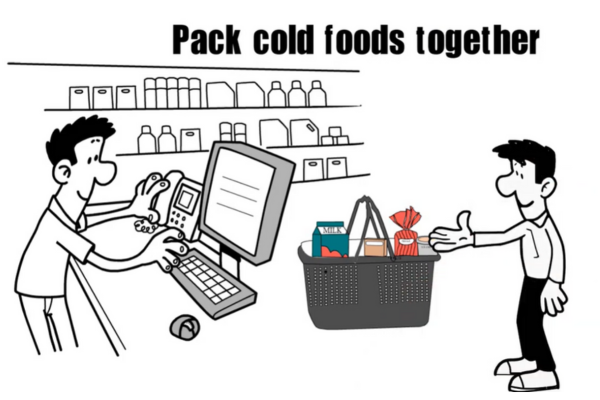
When you’re packing your groceries or having them packed for you, it’s essential to be mindful of the temperature-sensitive nature of certain items. Always make sure cold and frozen items are packed together in your grocery bag to so they remain the correct temperature until you get home.
2. The Forgotten Rule: First In, First Out (FIFO)
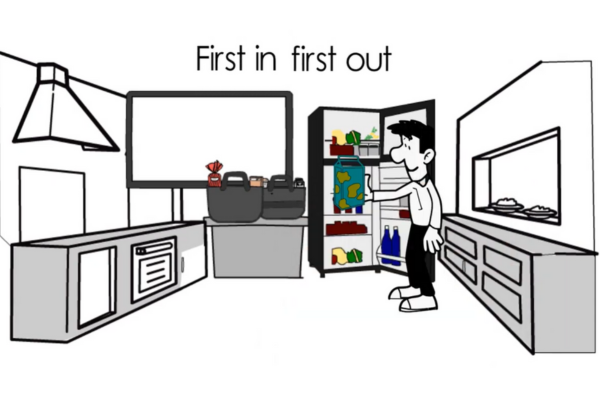
When restocking your freezer, place new items at the back and older items at the front. This way, you can ensure that you use older items first. This small adjustment can prevent food waste and keep your freezer well-organized.
3. Temperature Matters: Keep It Cool and Frozen
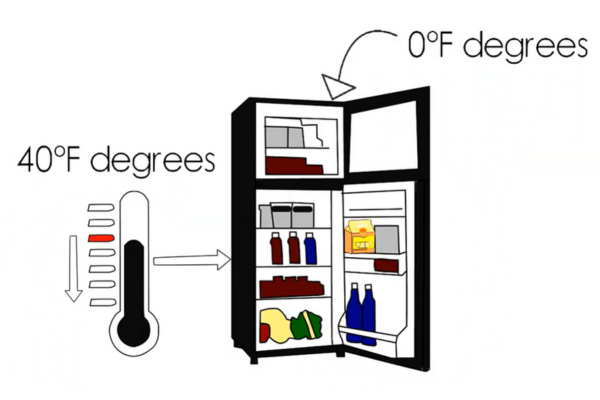
Maintaining the right temperature is essential to food safety. Your refrigerator should be set at 40 degrees Fahrenheit, while the freezer needs to be at a chilly 0 degrees Fahrenheit. These temperatures preserve the quality of your food.
4. No Overstuffing Allowed: Leaving Room For Circulation
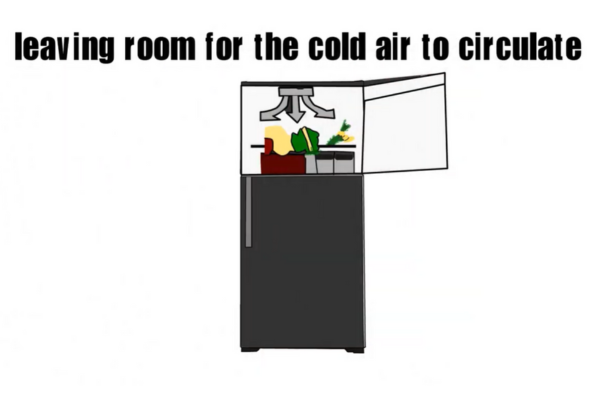
It’s tempting to see how much you can cram into your freezer, however, overfilling can hinder air circulation, leading to uneven cooling. This not only affects the efficiency of your freezer but can also contribute to premature thawing of some items. Keep your freezer well-organized and leave enough room for air to circulate freely.
5. Thawing Expert: Patience Is a Virtue
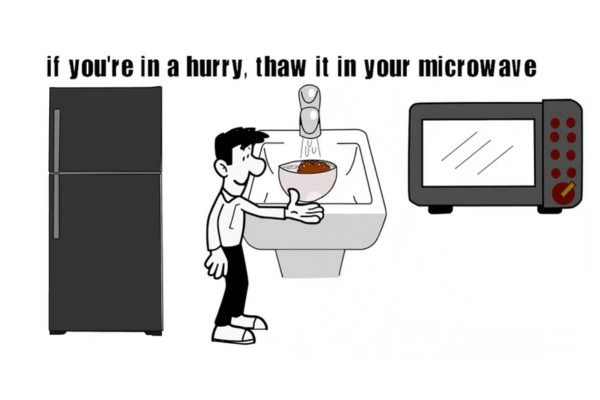
When it comes to thawing frozen food, patience is key. Plan ahead and thaw items in the refrigerator. If you’re in a hurry, you can use the microwave, but make sure to cook the thawed food immediately. Quick thawing ensures that your food stays safe and delicious.
Incorporating these food safety tips into your daily routine can make a significant difference in the well-being of your household. From the grocery store to your kitchen, mindful practices can contribute to a healthier lifestyle. So, let’s prioritize food safety and savor the joy of cooking with peace of mind.
Watch the full video:
Looking for more food content? Follow @EasyHomeMeals on social for tips, recipes, and more.

